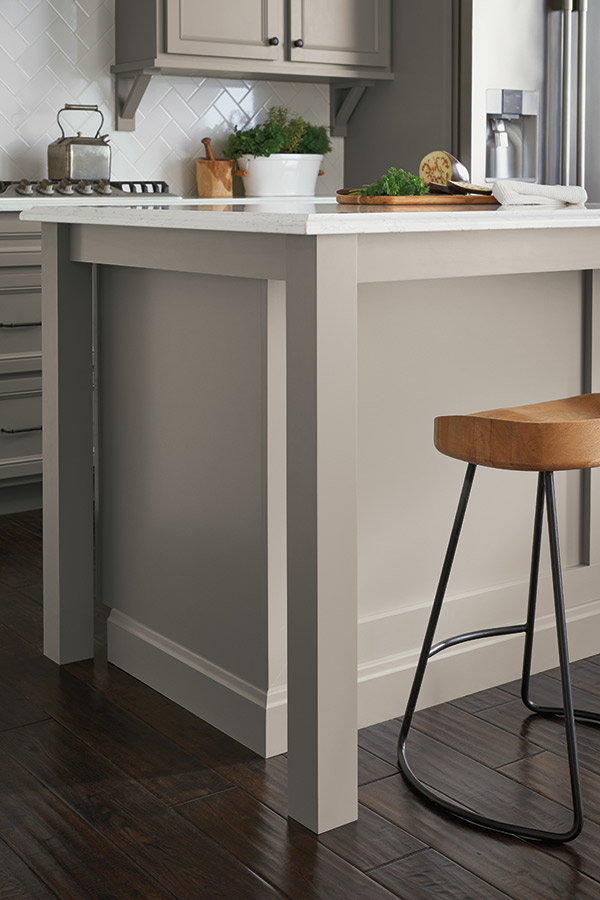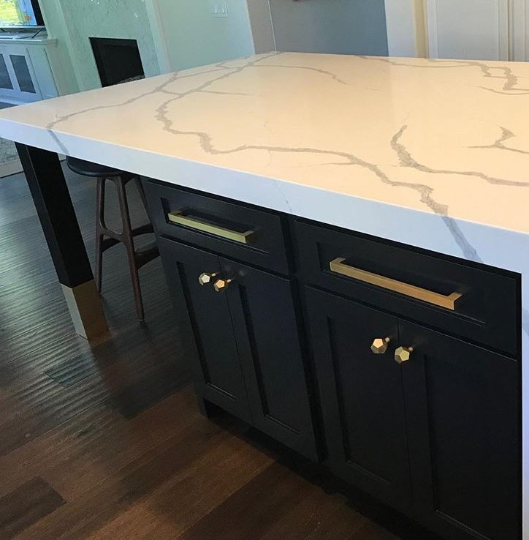Achieve an Innovative Look Utilizing Ornate Legs For Kitchen Island Styles
Achieve an Innovative Look Utilizing Ornate Legs For Kitchen Island Styles
Blog Article
Essential Factors to Consider When Picking Legs For Cooking Area Island
Picking the proper legs for a kitchen area island includes a cautious assessment of multiple variables that can dramatically affect both performance and aesthetic appeal. Amongst these, the option of material plays a pivotal duty in making sure toughness, while the style must enhance the existing style. Moreover, considerations such as elevation and weight assistance are important for security and convenience. As we check out these elements, it ends up being clear that each choice can have significant implications for the total kitchen area experience. What subtleties should be thought about in each of these categories to accomplish the perfect equilibrium?
Product Options
When choosing legs for a cooking area island, understanding the different product options is necessary for achieving both aesthetic allure and structural integrity (Legs For Kitchen Island). The option of product considerably influences not just the resilience of the island however likewise its total layout and functionality
Wood is a preferred selection, supplying warmth and flexibility. Strong woods, such as oak or maple, provide strength and can be discolored or painted to match the cooking area style. Metal legs, typically made from stainless-steel or functioned iron, add a industrial and modern feel while guaranteeing resilience and stability. These materials are resistant to use and can sustain considerable weight, making them optimal for bigger islands.
One more choice is engineered materials, like MDF or plywood, which can be more cost-effective while still offering a variety of coatings. Nonetheless, they might not supply the exact same level of security as strong wood or steel. Lastly, materials such as acrylic or glass can create a modern look, though they may call for extra support to ensure stability.
Eventually, the selection of product for kitchen area island legs should straighten with the preferred functionality and the total motif of the kitchen area.
Design And Style

When considering style, the shape and coating of the legs are crucial. Conical legs can offer a sense of agility and elegance, while thicker, a lot more durable legs can share strength and stability. In addition, the finish-- be it painted, stained, or natural-- need to complement the kitchen cabinetry and countertop products to develop a unified look.
Additionally, the design of the legs can additionally reflect personal preference. Personalized or ornamental legs, such as those including detailed makings or one-of-a-kind geometric shapes, can work as prime focus, adding character and personality to the kitchen area. Eventually, the appropriate choice will certainly not only enhance performance however likewise raise the visual charm, making the kitchen island a standout function of the home.
Height Considerations
Choosing the appropriate height for cooking area island legs is important, as it straight influences both performance and convenience. here The typical height for a kitchen area island normally varies from 36 to 42 inches, aligning with usual countertop elevations. A 36-inch elevation is perfect for cooking and food preparation, permitting comfy use kitchen area devices and devices. Conversely, a height of 42 inches is often favored for islands intended for bar seats, suiting taller stools and providing a casual dining experience.

It is additionally necessary to make up customers' elevations and choices. Personalizing the height can make sure a comfortable experience for all household members, making the cooking area island an extra enjoyable and useful space.
Weight Assistance
Making sure ample weight assistance for cooking area island legs is vital for both safety and capability. The kitchen area island find out here now usually serves numerous objectives, consisting of food prep work, eating, and extra storage, requiring a durable assistance structure. When picking legs, it is crucial to consider the total weight capacity required based upon the island's intended usage and the materials that will certainly be placed on it.
The choice of material for the legs plays a substantial duty in their weight-bearing capacities. Solid wood, metal, and sturdy compounds usually give superior toughness contrasted to lighter materials. In addition, the style of the legs-- whether they are directly, tapered, or have a pedestal form-- can affect their ability to disperse weight efficiently across the structure.
Constantly seek advice from the advice producer's specifications regarding lots limits to make certain that the legs can sustain the designated weight without jeopardizing safety. In summary, selecting kitchen area island legs with adequate weight support is crucial for creating a safe and practical culinary room.
Setup and Upkeep
Proper setup and upkeep of cooking area island legs are vital for making sure longevity and security. This commonly includes securing the legs to the island base utilizing suitable fasteners, ensuring that the legs are level and aligned.
Once set up, routine maintenance is necessary to maintain the stability and appearance of the legs - Legs For Kitchen Island. For wooden legs, routine cleansing with a moist cloth and application of appropriate timber polish can stop dampness damages and preserve their finish. Steel legs may call for a gentle cleaning service to eliminate oil and grime, followed by a dry towel to stop corrosion development
In addition, inspect the legs regularly for signs of wear or damage, such as splits or loosened joints. Tightening up screws or screws as needed can also lengthen the life expectancy of the legs. By adhering to these installation and maintenance practices, house owners can ensure that their kitchen area island stays tough and visually appealing for many years to find.
Conclusion

Aesthetic comprehensibility is vital in selecting the style and style of legs for a cooking area island, as these elements considerably affect the total ambiance of the space. Tapered legs can supply a feeling of agility and elegance, while thicker, much more robust legs can communicate toughness and security.Picking the appropriate height for kitchen area island legs is vital, as it straight influences both performance and convenience. In recap, picking cooking area island legs with adequate weight support is important for producing a practical and risk-free culinary room.
In conclusion, selecting legs for a kitchen island necessitates cautious factor to consider of numerous variables, consisting of product choices, design, elevation, weight assistance, and setup.
Report this page